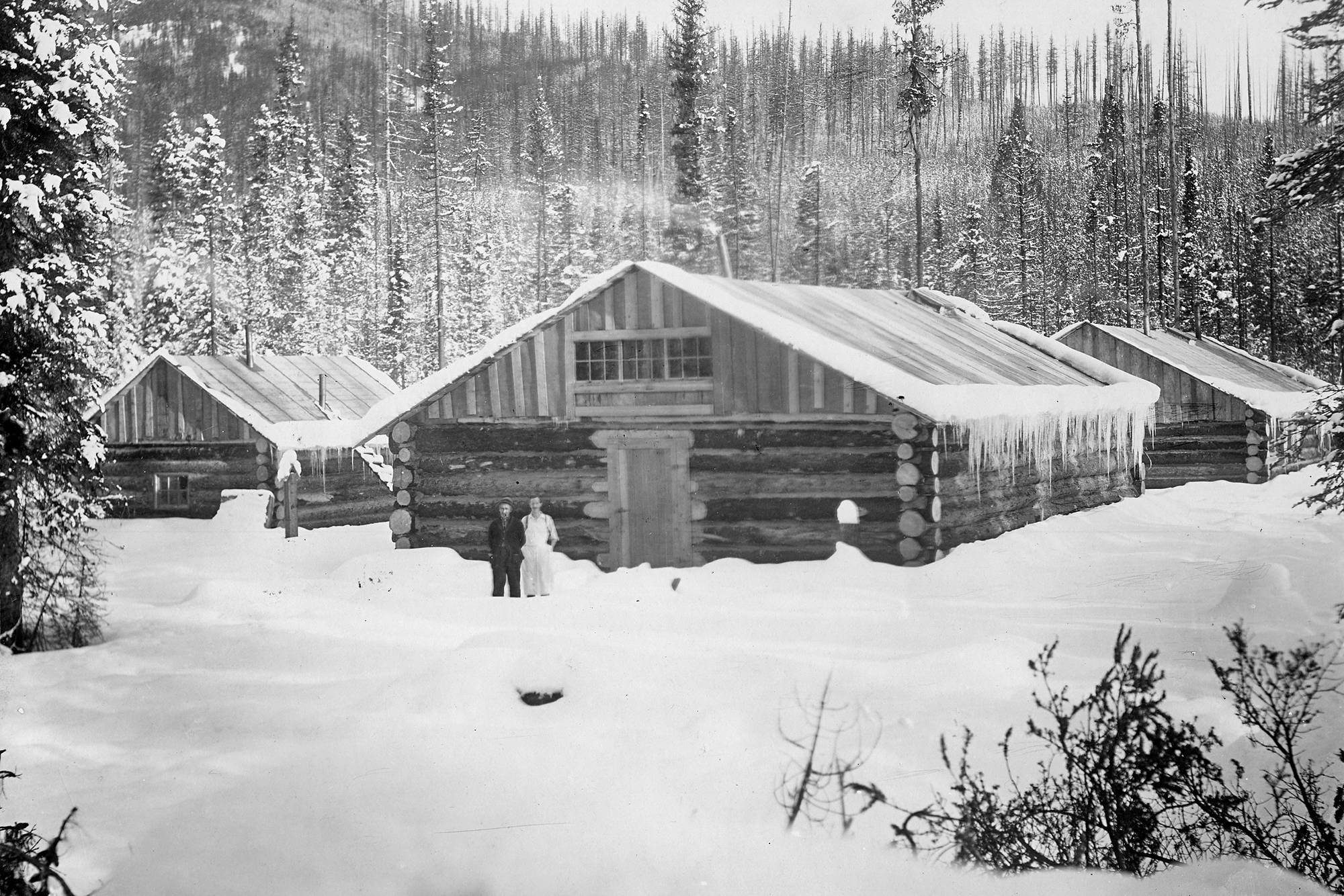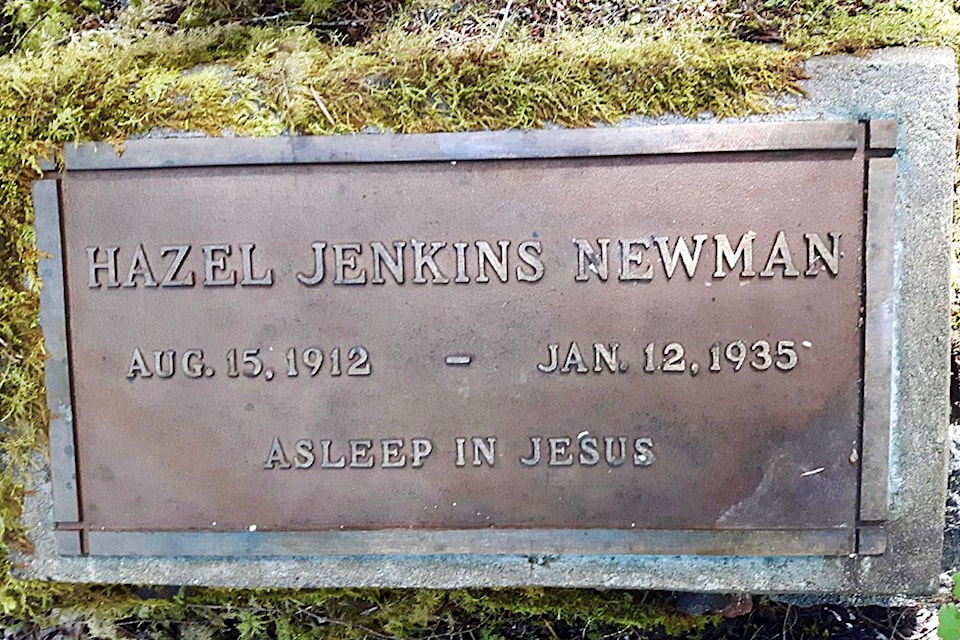There are few low elevation parcels of private land in the Shuswap that are as inhospitable as the north end of Adams Lake, where winters are harsh, summertime is ruled by insect pests and there is an abundance of bears and cougars.
Yet it was this valley where a group of Seventh Day Adventists from Grant’s Pass, Oregon, chose to establish a community in 1934, led by Doc Jenkins, who must have been quite persuasive to convince upwards of 50 people to join them to homestead at the end of a remote, roadless lake.
As he was a naturopath who practiced alternative medicine, he likely adhered to his religion’s strict vegetarianism and healthy living regime, and abstained from alcohol, coffee and tea.
Their only transportation available was the tugboat and scow owned by Dave Fraser, who moved all the families with their gear and deposited them at the end of the lake.
Here were the remains of a large Adams River Lumber Company camp called the Depot that closed in 1926 when the sawmill in Chase shut down, and where the sternwheeler the Hellen had docked.
Imagine the incredible initiative and useful skills they must have had, as they arrived with just their tools, camping gear and horses.
In one summer on their property a kilometre from the lake, they built homes and a combination school and church out of the salvaged logs and lumber. Genette, Doc Jenkin’s secretary, lived on a farm on the other side of the river, so they built a suspension bridge using cables left over from the ALRC steam donkeys so she could visit the community and teach school. Their large garden helped, but they needed to spend their savings on supplies to survive.
In the fall, Doc Jenkins’ daughter Hazel married George Newman, a mason who was one of the colony’s key builders.
That first winter was harsh and when they were snowed in. She gave birth to a son, then contracted pneumonia and died in January.
Life continued to be a struggle for the community, yet they persevered for two more years, enduring the mosquitoes in the summer and the ice and snow in the winter. Given they had no way to get their produce to market, the men found work as loggers and trappers.
In the summer, they used a 24-kilometre trail to Barriere from Honeymoon Bay that they accessed by boat.
Read more: Hidden North Okanagan-Shuswap valley home to a European intentional community
Read more: Column: Remote North Okanagan-Shuswap community for the common good
One winter they lost two horses that broke through the ice and drowned in the river.
Despite their isolation, there must have been some good times too. Undoubtedly, their likely adherence to strict religious practices including taking time off on Saturday, their Sabbath, to worship and play games, helped keep them unified. Eventually, the burdens became too great and the group dispersed.
Doc Jenkins and his family settled on a small farm in the valley, about 14 kilometres west of Squam Bay, where he continued his practice. Genette married Henry Height and remained on her farm for a few years before they left, and a few families moved to Yankee Flats. Today, the colony’s log buildings have mostly decayed into the ground. Recently, one slipped into the river when the bank eroded.
Today, the colony’s log buildings have mostly decayed into the ground, yet the tombstone for Hazel is well preserved and can still be found on this private property, where one person is currently living. It would be interesting to determine if there were other similar Adventist communities in North America and if so, did any survive longer than Doc Jenkins’s group?
Fast forward 40 years,– in 1974, Ken Harrison and his wife Carol purchased 315 acres adjacent to the Upper Adams River a few kilometres up from the head of the lake.
Three more families joined them including Ross and Janet and the young daughter Laura who had spent the previous winter living on a raft.
They had their cabin moved off the raft to the property.
All the men except Ross worked in nearby logging camps, but the hardships were too great and within a few years, only Ken and his family remained.
lachlan@saobserver.net
Like us on Facebook and follow us on Twitter

